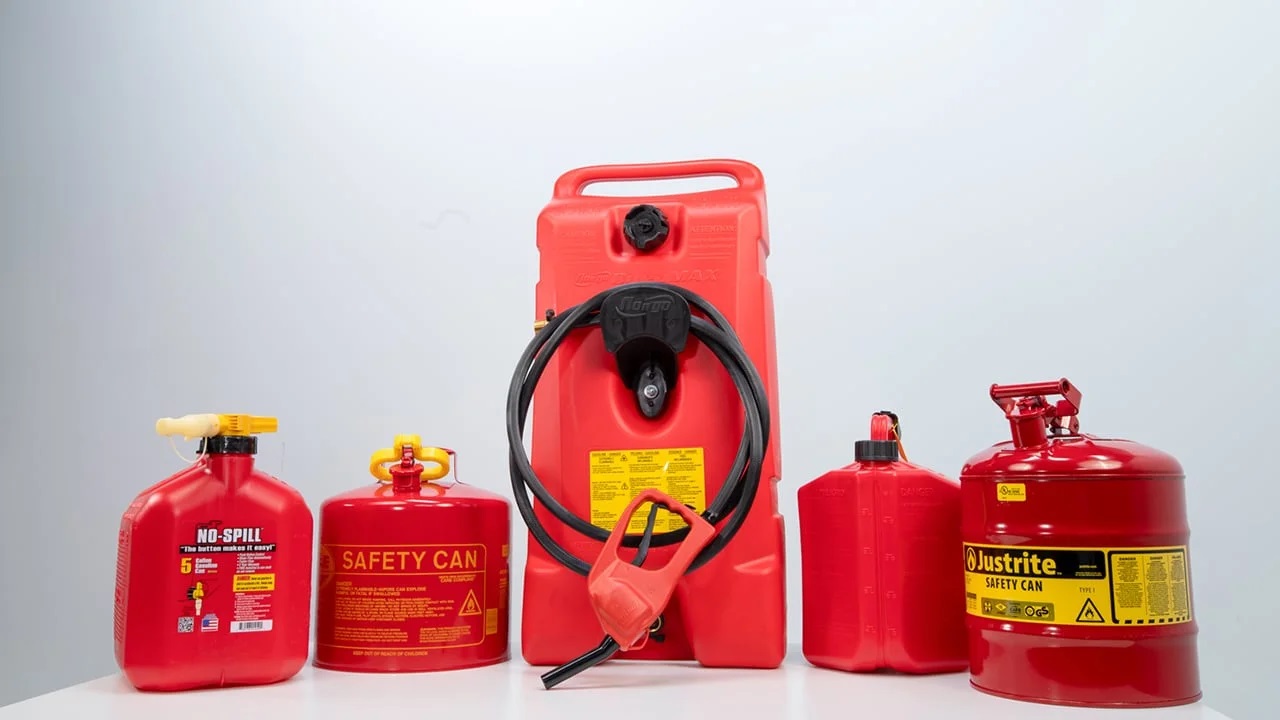

Articles
How To Store Gas Cans
Modified: February 22, 2024
Learn the proper way to store gas cans and prevent any accidents. Read our informative articles for essential tips and guidelines.
(Many of the links in this article redirect to a specific reviewed product. Your purchase of these products through affiliate links helps to generate commission for Storables.com, at no extra cost. Learn more)
Introduction
Welcome to this comprehensive guide on how to properly store gas cans. If you own a gas-powered vehicle or use gasoline-powered equipment, it’s important to understand the importance of storing gasoline safely and securely. This article will provide you with valuable information and tips on how to store gas cans to ensure both safety and longevity.
Proper gas can storage is crucial for several reasons. First and foremost, it minimizes the risk of accidents and potential hazards. Gasoline is a highly flammable substance, and improper storage can lead to leaks, spills, and even explosions. Additionally, storing gas cans correctly helps to preserve the quality and effectiveness of the fuel. Gasoline that is poorly stored for an extended period can become contaminated, which can lead to engine damage and reduced performance.
By following the safety precautions and guidelines outlined in this article, you can mitigate the risks associated with gas can storage and maintain the integrity of your fuel supply. Whether you plan to store gas cans indoors or outdoors, we’ll cover all the important considerations to ensure you’re taking the necessary steps to keep yourself and others safe.
Before we dive into the specifics of gas can storage, it’s essential to understand and follow some general safety precautions. Always remember that gasoline is a hazardous material and must be treated with caution. Here are a few precautions to keep in mind:
- Read and follow the manufacturer’s instructions: Different gas cans may have specific guidelines for storage, so it’s important to familiarize yourself with these instructions.
- Handle gasoline in a well-ventilated area: Gasoline emits potentially harmful fumes, so make sure you are in a well-ventilated space when handling or storing gas cans.
- Avoid smoking or open flames: Gasoline is highly flammable, so smoking or having open flames near gasoline can result in catastrophic accidents.
- Use appropriate safety equipment: Wear gloves and safety goggles when handling gas cans to protect yourself from spills and potential contact with the fuel.
- Keep gas cans out of reach of children and pets: Gasoline can be extremely dangerous if ingested or mishandled, so it’s important to store gas cans in a secure location away from children and pets.
Now that we’ve covered the general safety precautions let’s dive into the specifics of gas can storage, including selecting the right location, ventilation requirements, proper gas can placement, and tips for storing gas cans indoors and outdoors.
Key Takeaways:
- Proper gas can storage is crucial for safety, fuel quality, and environmental protection. Following safety precautions, selecting the right location, and regular maintenance are key to responsible gas can storage.
- Prioritize safety, compliance with regulations, and environmental considerations when storing gas cans. Proper ventilation, secure placement, and regular maintenance ensure safe and effective gas can storage.
Read more: How To Store A Gas Can
Why Proper Gas Can Storage is Important
Proper gas can storage is of utmost importance for various reasons. Firstly, it ensures the safety of everyone in the vicinity. Gasoline is highly flammable, and improper storage can lead to accidents, fires, and even explosions. By following the correct storage procedures, you can minimize the risk of such hazardous incidents.
Secondly, proper gas can storage helps to maintain the quality and effectiveness of the gasoline. Over time, gasoline can deteriorate, leading to reduced performance in vehicles and equipment. By storing gas cans correctly, you can preserve the fuel’s integrity and ensure it remains in optimal condition for when you need it.
Improperly stored gasoline can also become contaminated. Contamination can result from exposure to moisture, dirt, or other substances that can degrade the fuel’s quality. Contaminated gasoline can be detrimental to engines, leading to clogged fuel lines and decreased efficiency.
Another critical reason for proper gas can storage is to adhere to legal and environmental regulations. Improper storage of gasoline can result in spills or leaks, which pose significant risks to the environment. These spills can contaminate soil, water sources, and harm wildlife. By storing gas cans properly, you can prevent these environmental hazards and avoid potential fines or legal consequences for non-compliance.
Properly storing gas cans also ensures that the fuel is readily available and reliable when needed. Whether you’re using gasoline for your vehicle, lawnmower, or other equipment, having a secure supply of fuel is essential. By following the guidelines for gas can storage, you can ensure that you have a consistent and dependable source of gasoline whenever you require it.
Ultimately, proper gas can storage is all about taking responsibility for your safety, the safety of others around you, maintaining the quality of the fuel, and protecting the environment. By following the recommended storage practices, you can minimize risks, prevent accidents, and extend the lifespan of your gasoline supply.
In the next sections, we will delve into the specific safety precautions, guidelines for selecting the right location, ventilation requirements, proper gas can placement, and tips for storing gas cans both indoors and outdoors. By understanding and implementing these instructions, you can ensure safe and effective gas can storage.
Safety Precautions
When it comes to storing gas cans safely, there are several important precautions you should follow to minimize the risk of accidents or mishaps. By adhering to these safety measures, you can ensure the well-being of yourself, others, and the surrounding environment.
1. Choose the right type of gas can: It’s essential to select a gas can that is specifically designed for storing and transporting gasoline. Look for cans that have been approved for gasoline storage and meet appropriate safety regulations. The right gas can will have features such as a secure seal, a vent, and a flame arrestor to minimize the risk of ignition.
2. Maintain cleanliness: Before filling a gas can, ensure that it is clean and free from any dirt, debris, or contaminants that could compromise the quality of the fuel. A clean gas can also reduces the risk of spills or leaks during storage.
3. Store in a well-ventilated area: Gasoline emits fumes that are potentially harmful when inhaled. Make sure to store gas cans in a well-ventilated area to prevent the concentration of these fumes. It’s also essential to avoid storing gas cans near sources of ignition or open flames.
4. Securely close the gas can: Always ensure that the gas can is tightly sealed and properly closed when not in use. A secure seal helps prevent leaks and reduces the risk of vapors escaping into the surrounding area.
5. Keep away from heat sources: Gasoline is highly flammable and can ignite when exposed to high temperatures. Avoid storing gas cans near heat sources, such as heaters, furnaces, or direct sunlight.
6. Store in a designated area: It’s crucial to have a dedicated area for storing gas cans, away from living spaces, electrical equipment, and potential ignition sources. This area should be well-ventilated and easily accessible in case of emergencies.
7. Use proper labeling: Clearly label gas cans to indicate that they contain gasoline. This is important for identifying the contents and preventing accidental use or confusion.
8. Keep out of reach of children and pets: Gasoline can be extremely hazardous if ingested or mishandled. Store gas cans in a secure location, out of reach of children and pets, to prevent accidental exposure or ingestion.
9. Regularly inspect and maintain gas cans: Periodically check your gas cans for any signs of damage, such as cracks or leaks. Replace any damaged gas cans immediately to prevent accidents or spills.
Following these safety precautions will help ensure the safe storage of gas cans and minimize the potential risks associated with gasoline. Remember, safety should always be the top priority when handling and storing flammable substances like gasoline.
In the next sections, we will discuss the considerations for selecting the right location for gas can storage, as well as the ventilation requirements and proper placement techniques to optimize safety and effectiveness.
Selecting the Right Location
Choosing the right location for storing gas cans is crucial for ensuring both safety and accessibility. When determining the ideal spot, consider the following factors to minimize the risk of accidents and environmental damage:
1. Well-ventilated area: Gasoline emits fumes that can be harmful to inhale, so it’s important to store gas cans in a well-ventilated area. This can include a garage, shed, or any space with proper airflow. Avoid storing gas cans in confined or enclosed spaces where vapors can accumulate.
2. Temperature control: Gasoline can be affected by extreme temperatures. Ideally, choose a location that remains relatively cool and stable, avoiding areas prone to direct sunlight or extreme heat. Fluctuations in temperature can lead to expansion or contraction of the gas inside the cans, potentially causing leaks or spills.
3. Away from living spaces: To minimize the risk of fire or explosions, it is essential to keep gas cans away from living spaces such as kitchens, bedrooms, or indoors in general. These areas typically have ignition sources present, such as pilot lights, electrical equipment, or open flames.
4. Secured area: Ensure that the chosen location for gas can storage is secure and inaccessible to children, pets, or unauthorized individuals. Consider installing locks or using storage cabinets designed specifically for gasoline storage.
5. Elevated position: Whenever possible, store gas cans in an elevated position, such as on shelves or racks, to reduce the risk of accidental spills or leaks. This also helps to keep them out of reach of children and pets.
6. Easy access: In case of emergencies or the need for quick access to gasoline, ensure the storage location is easily accessible. This allows for prompt action and minimizes potential hazards.
7. Separation from other hazardous materials: Gasoline should be stored separately from other hazardous materials, such as chemicals or flammable substances, to prevent any potential reactions or contamination. Keep gas cans in a designated area away from other stored items.
8. Compliance with local regulations: Always consult local regulations and guidelines regarding gas can storage to ensure you are in compliance with any specific requirements or restrictions.
By carefully selecting the right location for gas can storage, you can minimize the risk of accidents, ensure proper ventilation, and maintain the integrity of the fuel. Remember to prioritize safety and accessibility when determining where to store your gas cans.
In the next section, we will discuss the ventilation requirements for gas can storage to further enhance safety and reduce the accumulation of flammable fumes.
Ventilation Requirements
Proper ventilation is critical when it comes to storing gas cans to ensure the safe storage of gasoline. Ventilation helps to minimize the accumulation of flammable fumes and reduce the potential for ignition. Here are some important considerations when it comes to ventilation requirements for gas can storage:
1. Natural ventilation: It is ideal to store gas cans in an area that provides natural ventilation. This includes spaces with windows or vents that allow for the circulation of fresh air. Natural ventilation helps to dissipate any fumes that may be released from the gas cans, preventing the buildup of flammable gases.
2. Mechanical ventilation: In some cases, natural ventilation may not be sufficient. In such instances, consider using mechanical ventilation systems, such as exhaust fans or air purifiers, to ensure proper airflow and the removal of hazardous fumes.
3. Avoid confined spaces: It is crucial to never store gas cans in confined or enclosed spaces, as this can lead to the accumulation of vapors and create an environment prone to ignition. Avoid storing gas cans in basements, closets, or small storage rooms without adequate ventilation.
4. Ventilation in storage cabinets: If you are storing gas cans in dedicated storage cabinets, ensure that the cabinets are equipped with proper ventilation mechanisms. These cabinets should have vents or openings that allow for the circulation of air, preventing the buildup of flammable gases inside the cabinet.
5. Ventilation during transport: If you need to transport gas cans, ensure that the area where they are being transported in, such as the trunk of a vehicle, is well-ventilated. Keep windows open to allow for the dispersion of any fumes that may be released during transit.
6. Regular air exchange: Regardless of the storage location, it is important to periodically open windows or doors to allow for fresh air exchange. This helps to refresh the air and reduce the concentration of any accumulated fumes in the storage area.
7. Proximity to electrical sources: When considering ventilation, be mindful of the proximity of gas cans to electrical sources. Ensure there is a safe distance to prevent potential sparks or electrical hazards.
By following these ventilation requirements, you can facilitate the safe storage of gas cans, minimize the accumulation of flammable fumes, and reduce the potential for hazardous situations.
In the next section, we will explore the proper placement techniques for gas cans, both indoors and outdoors, to further enhance safety and organization.
Store gas cans in a well-ventilated, cool, and dry area away from direct sunlight and sources of heat or ignition. Keep them tightly sealed and away from children and pets.
Read more: How To Store Gas Cans In Garage
Proper Gas Can Placement
When it comes to gas can storage, proper placement is essential for ensuring safety, accessibility, and organization. Whether you are storing gas cans indoors or outdoors, following these guidelines will help you optimize your storage setup:
Indoor Placement:
- Dedicated storage area: Designate a specific area, such as a well-ventilated garage, shed, or utility room, for indoor gas can storage. This helps to keep the gasoline separate from living spaces and reduces the risk of accidents.
- Sturdy shelving: Use sturdy shelves or racks to store your gas cans. Ensure that the shelves are made of non-flammable material and can support the weight of the gas cans.
- Elevated positioning: Place the gas cans on the higher shelves to prevent them from being easily accessible to children or pets.
- Labeling: Clearly label each gas can to indicate the type of fuel it contains. This will help you quickly identify the contents and avoid any confusion.
- Secure storage: Consider using lockable cabinets or containers to securely store the gas cans and prevent unauthorized access.
- Keep away from ignition sources: Ensure that the gas cans are stored away from ignition sources such as water heaters, electrical fixtures, or pilot lights. This reduces the risk of accidental sparks or flames.
Outdoor Placement:
- Well-ventilated area: Choose an outdoor location with adequate airflow to prevent the buildup of flammable fumes.
- Elevated position: Place gas cans on raised platforms or shelves to protect them from flooding or ground moisture.
- Protect from sunlight: Position gas cans away from direct sunlight to prevent excessive heat buildup and maintain the quality of the fuel.
- Avoid high traffic areas: Place gas cans in a location that is less frequented by people and vehicles to reduce the potential for accidental damage or spills.
- Secure storage: Consider using storage cabinets or lockable containers specifically designed for outdoor use to protect the gas cans from theft or damage.
- Keep away from ignition sources: Ensure that the gas cans are kept away from sources of ignition, such as barbecue grills or fire pits, to prevent accidental sparks or fires.
By following these placement guidelines, you can ensure that gas cans are stored in a safe and organized manner. Proper placement reduces the risk of accidents, helps maintain the quality of the fuel, and enhances accessibility for when you need to use the gasoline.
In the next section, we will discuss important maintenance tips to keep in mind when storing gas cans to ensure their longevity and usefulness.
Storing Gas Cans Indoors
Storing gas cans indoors requires careful consideration to ensure safety, proper ventilation, and compliance with regulations. Follow these guidelines to store gas cans in an indoor setting:
- Select a well-ventilated area: Choose a well-ventilated space such as a garage, utility room, or dedicated storage area. Ensure the area has proper airflow to prevent the buildup of flammable fumes.
- Keep away from living spaces: Store gas cans away from living areas, including kitchens, bedrooms, or any space where ignition sources are present. This helps to minimize the risk of accidental fires or explosions.
- Use sturdy shelving or cabinets: Invest in sturdy shelving or cabinets specifically designed for storing flammable liquids, such as gasoline. These should be made of non-flammable materials and securely hold the weight of the gas cans.
- Elevate the gas cans: Place the gas cans on higher shelves to keep them out of reach of children or pets. This helps to prevent accidental exposure or ingestion.
- Label each gas can: Clearly label each gas can with the type of fuel it contains. This makes it easier to identify and prevents accidental mix-ups.
- Lockable storage: Consider using lockable cabinets or containers to securely store the gas cans. This prevents unauthorized access and reduces the risk of tampering or theft.
- Protect from ignition sources: Ensure that the gas cans are kept away from ignition sources such as water heaters, electrical fixtures, or pilot lights. This minimizes the risk of sparks or flames igniting the gasoline.
- Regular inspections: Periodically inspect the gas cans for any signs of damage or leakage. Replace any damaged gas cans immediately to prevent accidents or spills.
It’s also essential to check and comply with local regulations regarding indoor storage of flammable substances like gasoline. Some regions may have specific requirements or restrictions that must be followed for safe and legal storage.
By following these guidelines, you can store gas cans safely indoors, minimizing the risk of accidents and ensuring that the fuel remains secure and accessible for future use.
In the next section, we will discuss the considerations and precautions for storing gas cans outdoors to ensure the safe and effective storage of gasoline.
Storing Gas Cans Outdoors
Storing gas cans outdoors requires specific considerations to ensure safety, protection from the elements, and compliance with regulations. Follow these guidelines to properly store gas cans in an outdoor setting:
- Choose a well-ventilated area: Select an outdoor location with sufficient airflow to prevent the accumulation of flammable fumes. This can include a shed, a designated storage area, or a well-ventilated carport.
- Elevate the gas cans: Place the gas cans on a raised surface, such as a sturdy shelf or pallet, to protect them from flooding or ground moisture. This also helps to keep them out of reach of children or pets.
- Protect from direct sunlight: Position the gas cans away from direct sunlight, as excessive heat can degrade the quality of the fuel. Find a shaded area or use a cover to shield the gas cans from prolonged exposure to the sun.
- Store in a secure container: Consider using specialized outdoor storage cabinets or lockable containers designed specifically for gasoline storage. These will help protect the gas cans from theft, vandalism, or damage caused by weather conditions.
- Keep away from ignition sources: Ensure that the gas cans are positioned far away from potential ignition sources such as barbecues, fire pits, or other sources of open flame. This minimizes the risk of accidental fires or explosions.
- Avoid high traffic areas: Store the gas cans in an area that is less frequented by people and vehicles. This reduces the likelihood of accidental damage to the cans and minimizes the risk of spills or leaks.
- Regular inspections: Periodically check the gas cans for any signs of damage, rust, or corrosion. Replace any damaged or deteriorating gas cans immediately to prevent accidents or fuel contamination.
- Comply with local regulations: Always check and adhere to local regulations regarding outdoor storage of gasoline. Regulations may include specific requirements for container design, storage limits, or distance from property lines.
It’s important to note that extreme weather conditions can affect the integrity of the gas cans and the quality of the fuel. Be aware of any weather patterns in your area and take necessary precautions, such as securing the gas cans during storms or extreme temperature fluctuations.
By following these guidelines, you can effectively store gas cans outdoors, ensuring the safety of both the containers and the surrounding environment. Always prioritize safety and compliance with local regulations when storing gasoline outdoors.
In the next section, we will provide some important maintenance tips to keep in mind to ensure the longevity and effectiveness of gas cans.
Gas Can Maintenance Tips
Proper maintenance of gas cans is essential for ensuring their longevity, functionality, and safety. Follow these tips to effectively maintain your gas cans:
- Regularly inspect the gas cans: Periodically inspect the gas cans for any signs of damage, such as cracks, leaks, or rust. If you notice any issues, replace the gas can immediately to prevent accidents or fuel contamination.
- Clean the gas cans: Prior to filling a gas can, ensure that it is clean and free from dirt, debris, or contaminants. Use a clean cloth or mild detergent to clean the exterior of the gas can, especially around the cap and spout.
- Prevent fuel contamination: Avoid mixing different types of fuel in the same gas can to prevent fuel contamination. Use separate gas cans for different fuels, and always label each gas can accordingly.
- Store gas cans in a cool, dry place: Gasoline can be affected by extreme temperatures and humidity. Store gas cans in a cool, dry area to maintain the integrity and quality of the fuel.
- Replace worn-out or damaged parts: If any parts of the gas can, such as the cap, spout, or vent, become worn out or damaged, replace them promptly to ensure proper function and prevent leaks or spills.
- Secure the gas cans during transportation: When transporting gas cans, make sure they are secured properly to prevent them from tipping over or moving around. This helps minimize the risk of spills or accidents during transportation.
- Dispose of old or expired fuel: Gasoline has a shelf life and can deteriorate over time. If you have old or expired fuel in your gas cans, dispose of it responsibly according to local regulations. Do not mix old fuel with new fuel.
- Follow manufacturer guidelines: Read and follow the manufacturer’s instructions for your specific gas can to ensure you are using and maintaining it correctly. Different gas cans may have specific guidelines for maintenance and storage.
- Keep gas cans out of reach: Store gas cans in a secure location out of reach of children and pets to prevent accidental ingestion or mishandling.
- Dispose of damaged gas cans: If a gas can becomes severely damaged, such as through a significant impact or exposure to extreme temperatures, it may no longer be safe to use. Dispose of damaged gas cans properly according to local regulations.
By following these maintenance tips, you can ensure that your gas cans remain in good condition, the fuel stays safe to use, and the risk of accidents or fuel contamination is minimized.
Remember to always prioritize safety and compliance with local regulations when handling, maintaining, and storing gas cans.
Now that you have a comprehensive understanding of how to store gas cans properly, you can confidently ensure the safety of yourself, others, and the environment. By following the safety precautions, selecting the right location, ensuring proper ventilation, and implementing proper gas can placement, you can store gas cans with peace of mind. Regular maintenance and adherence to guidelines will help extend the lifespan and effectiveness of your gas cans, allowing for a reliable and secure fuel supply whenever you need it.
Stay safe and responsible in your gas can storage practices!
Read more: How To Store Gas Cans Outside
Conclusion
Proper gas can storage is crucial for ensuring safety, preserving fuel quality, and protecting the environment. By following the guidelines outlined in this article, you can confidently store gas cans in a way that minimizes the risk of accidents, maintains the integrity of the fuel, and complies with regulations.
Starting with safety precautions, it is essential to handle gasoline with caution and follow manufacturer instructions. Keeping gas cans in a well-ventilated area, away from ignition sources, and using appropriate safety equipment are vital steps to prevent accidents and protect yourself and others.
Selecting the right location is also paramount. Whether choosing an indoor or outdoor space, ensure proper ventilation, temperature control, and easy access. Securing gas cans in dedicated areas and labeling them correctly further enhances organization and safety.
Proper gas can placement depends on whether you store them indoors or outdoors. Using sturdy shelving, elevating the cans, and protecting them from direct sunlight are essential considerations. Outdoor storage requires additional measures such as safeguarding against theft, positioning away from ignition sources, and selecting well-ventilated locations.
Maintenance is key to ensuring the longevity and functionality of gas cans. Regularly inspecting the cans for damage or leaks, cleaning them, and disposing of old or expired fuel are important practices. Following manufacturer guidelines, replacing worn-out parts, and secure transportation are also essential maintenance steps.
In conclusion, by adhering to safety precautions, selecting the right location, ventilating properly, placing gas cans correctly, and maintaining them regularly, you can store gas cans safely and effectively. Prioritizing safety, complying with regulations, and considering the environment are crucial aspects of responsible gas can storage.
Remember, gasoline is a highly flammable substance, so it is of utmost importance to handle and store it with care. By following the tips and guidelines in this article, you can ensure the safety of yourself, others, and the environment when storing gas cans.
Stay informed, stay safe, and enjoy the benefits of proper gas can storage!
Frequently Asked Questions about How To Store Gas Cans
Was this page helpful?
At Storables.com, we guarantee accurate and reliable information. Our content, validated by Expert Board Contributors, is crafted following stringent Editorial Policies. We're committed to providing you with well-researched, expert-backed insights for all your informational needs.
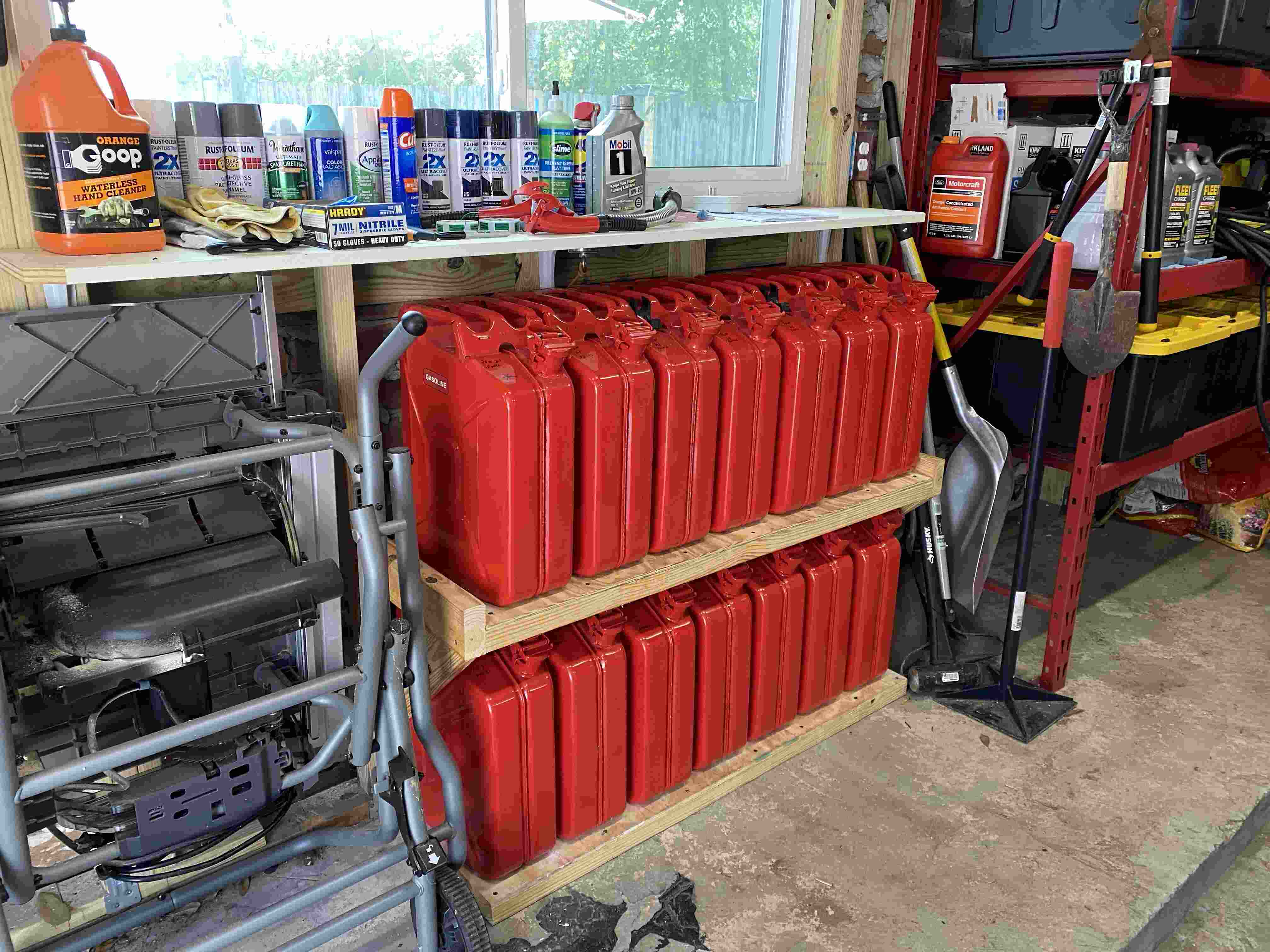
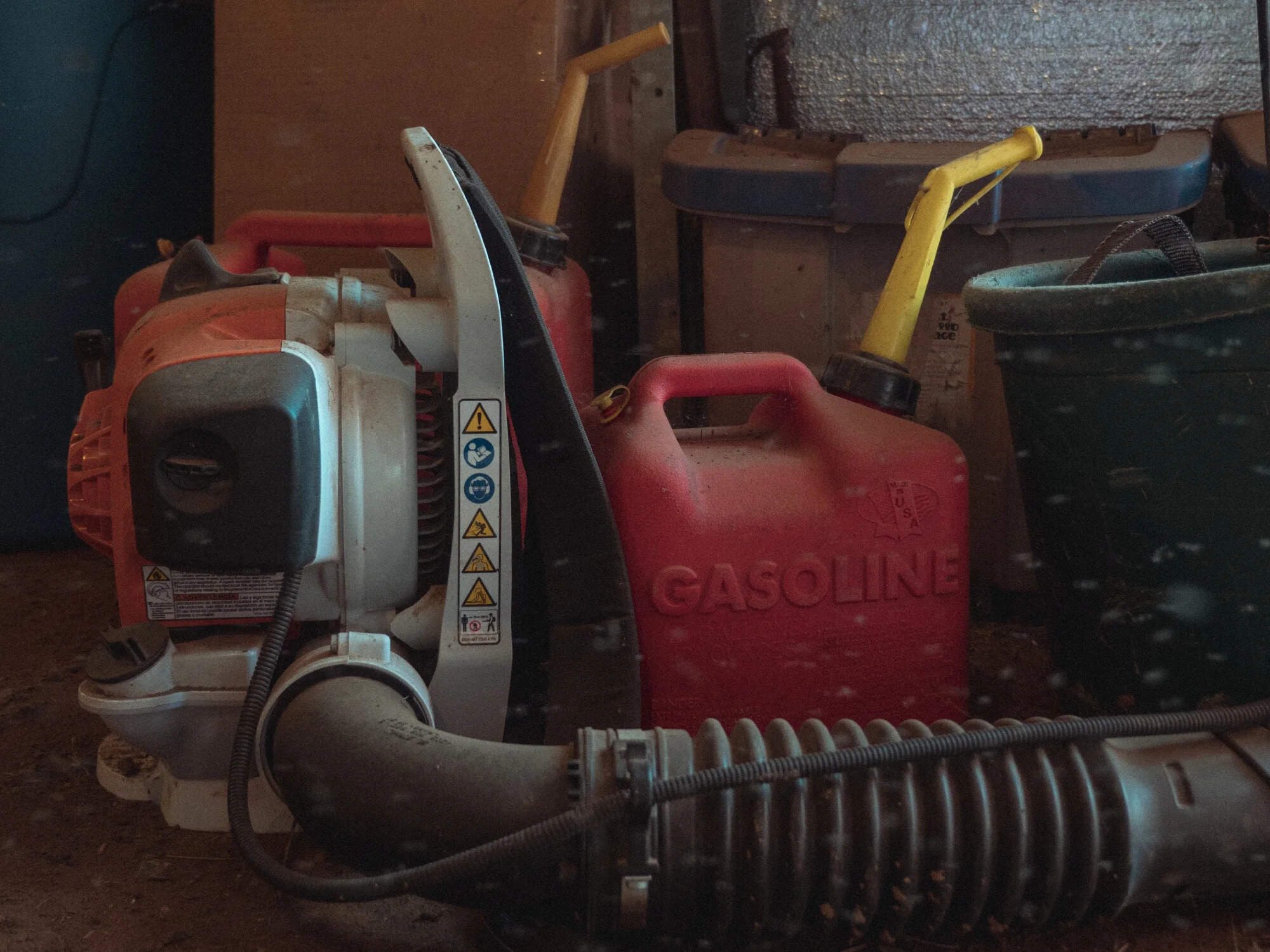

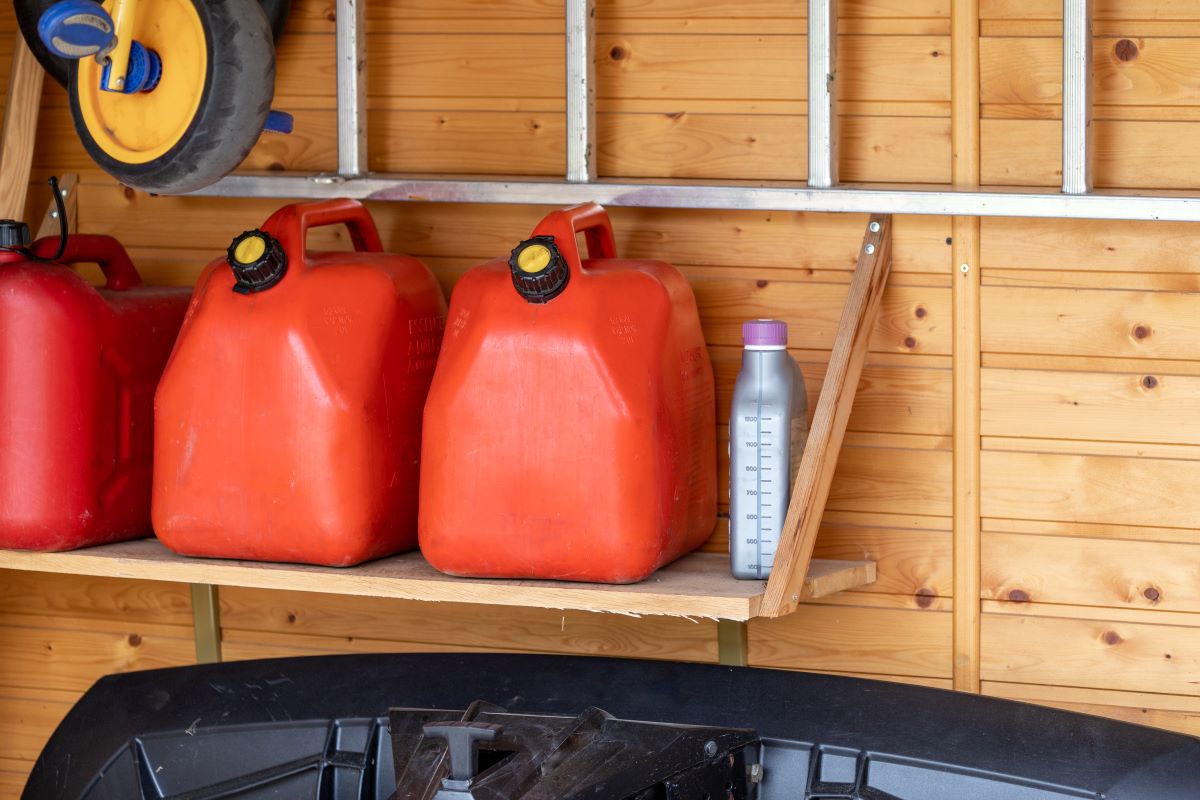

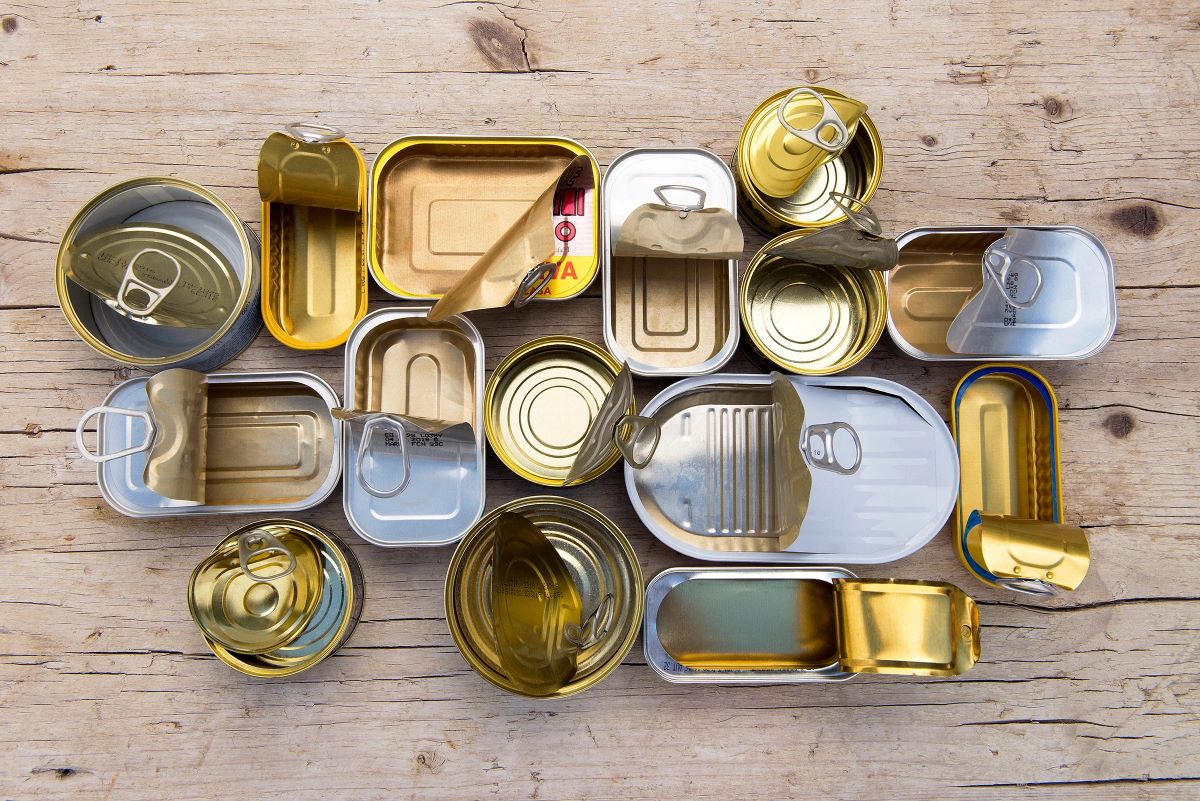

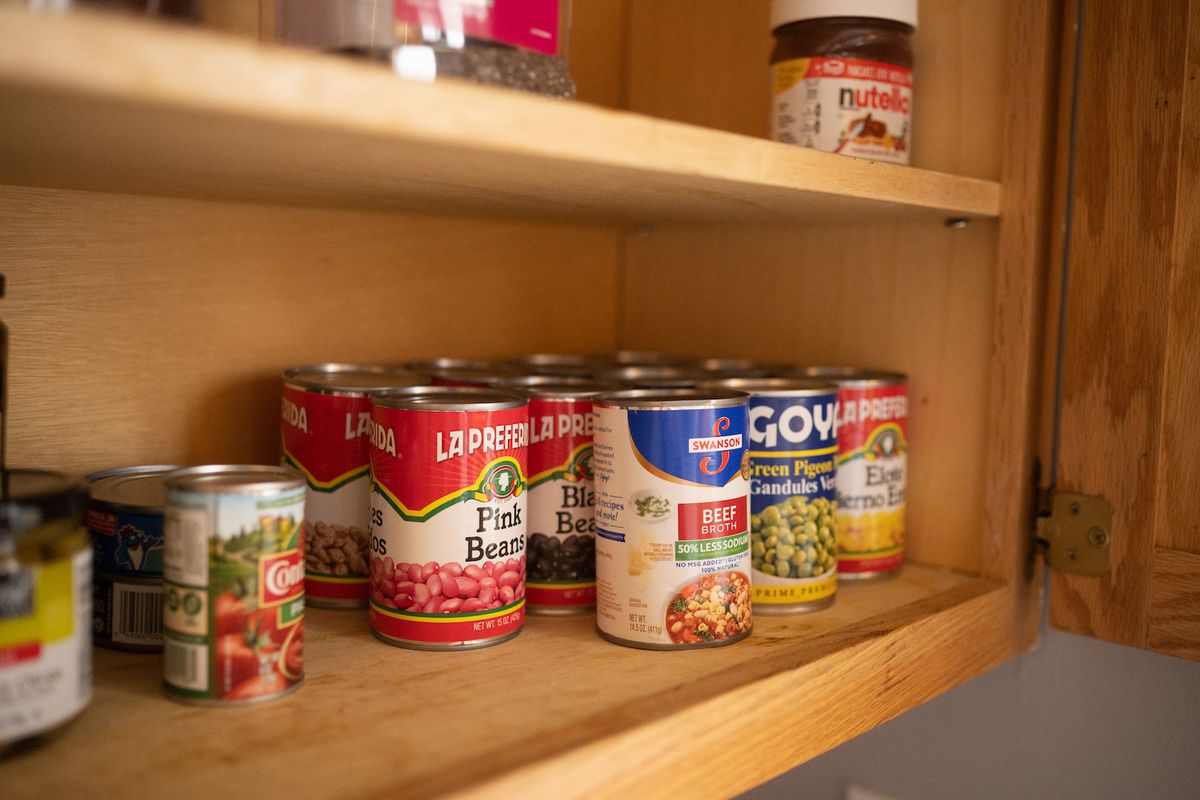


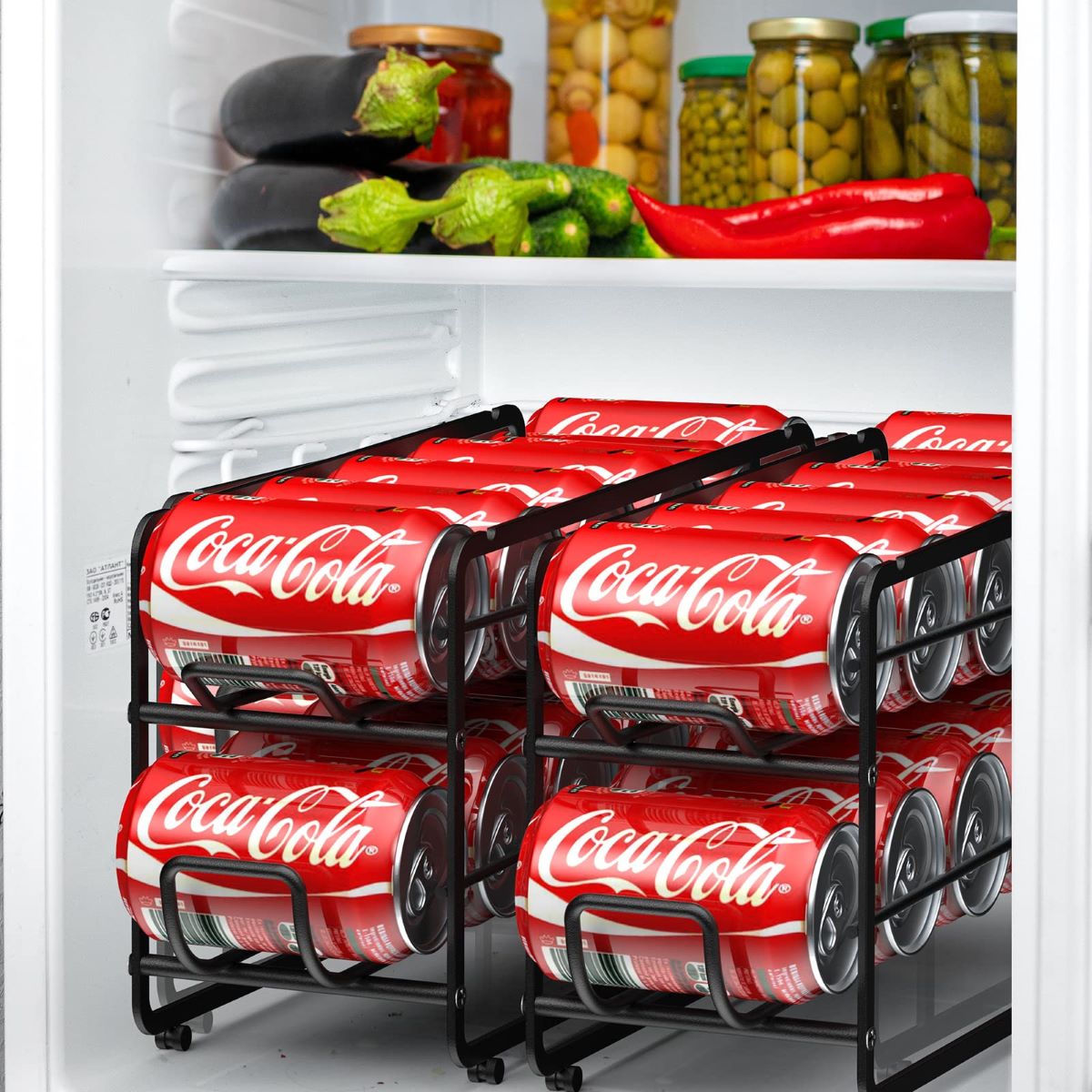
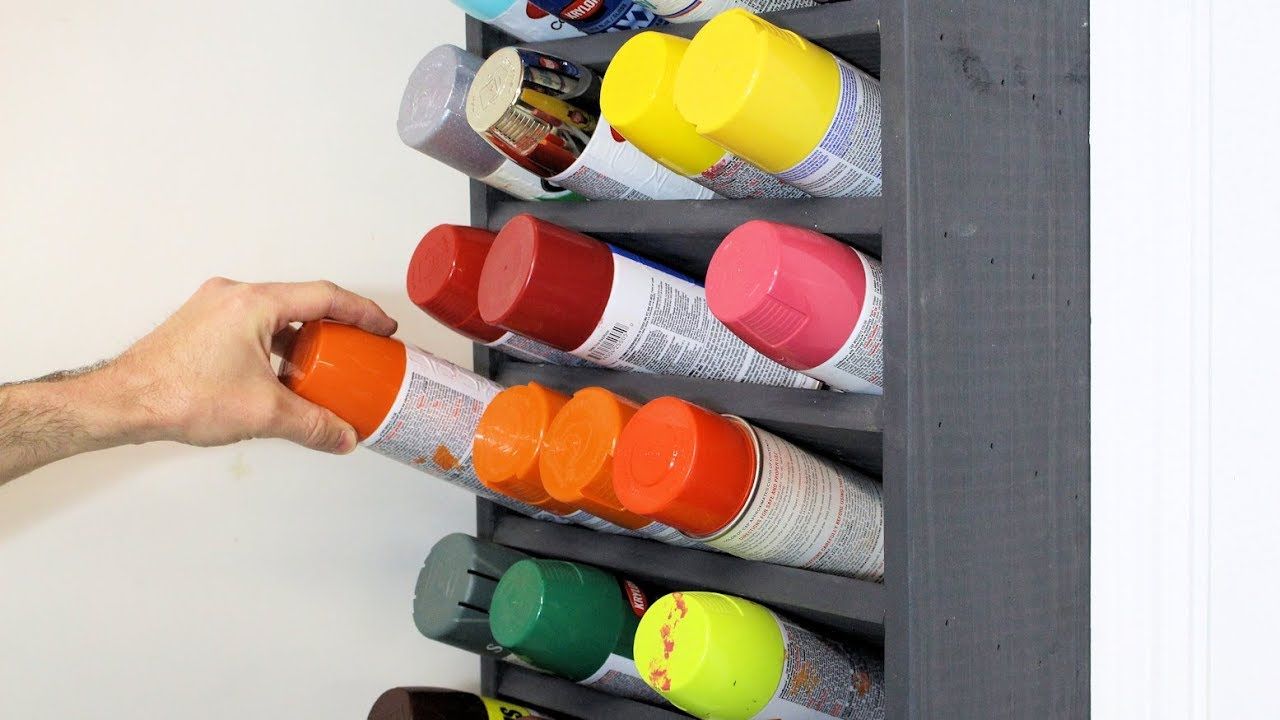
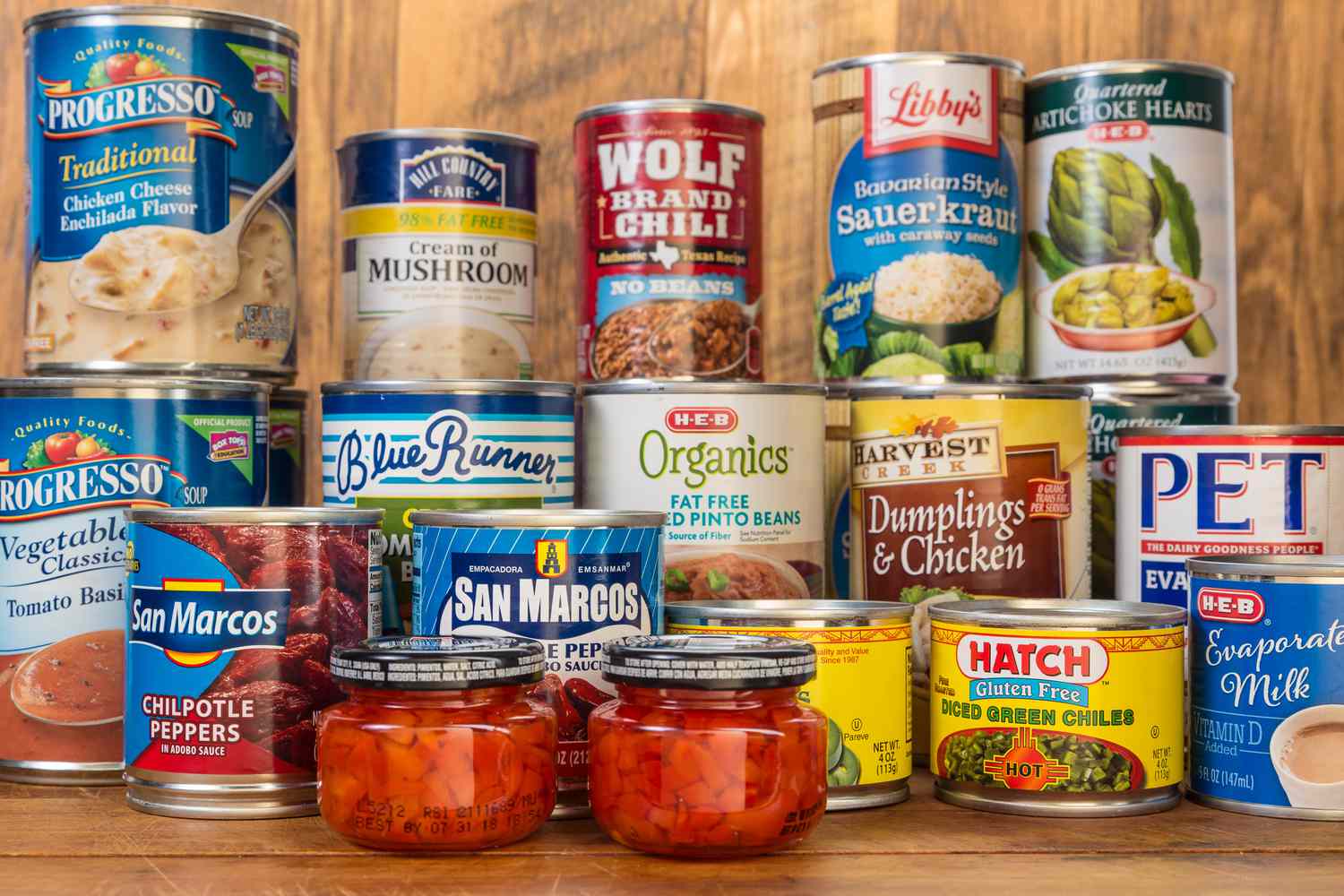

0 thoughts on “How To Store Gas Cans”